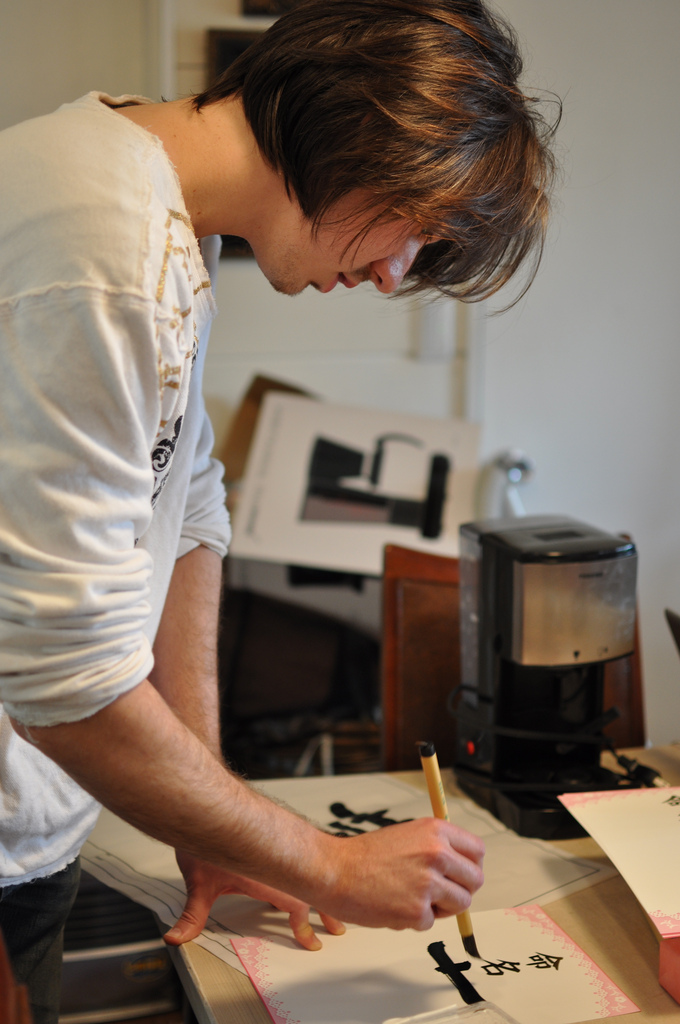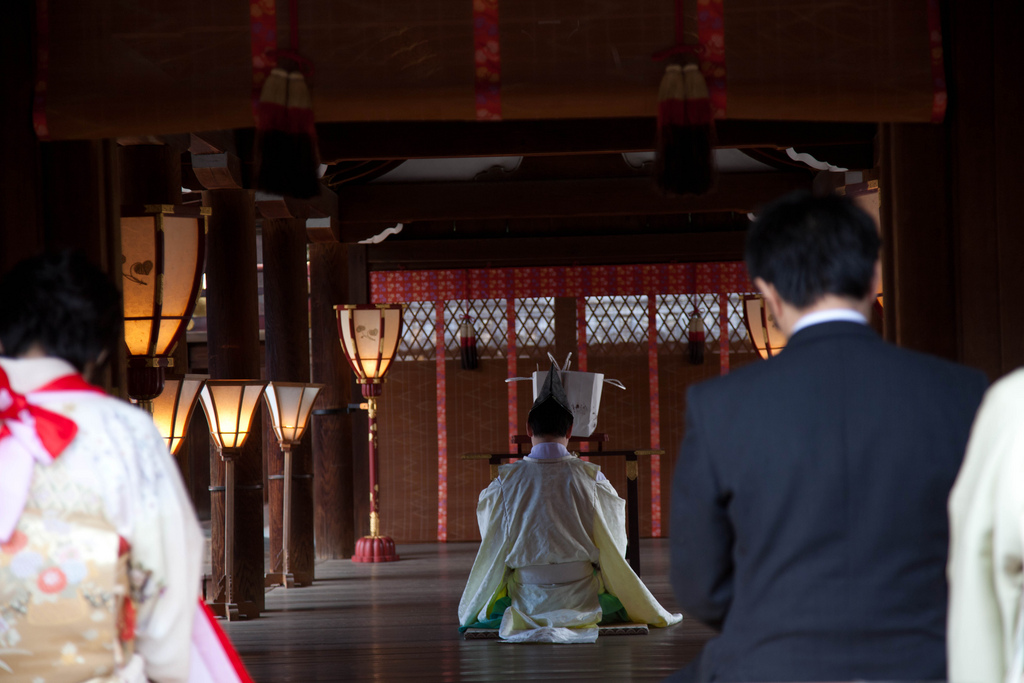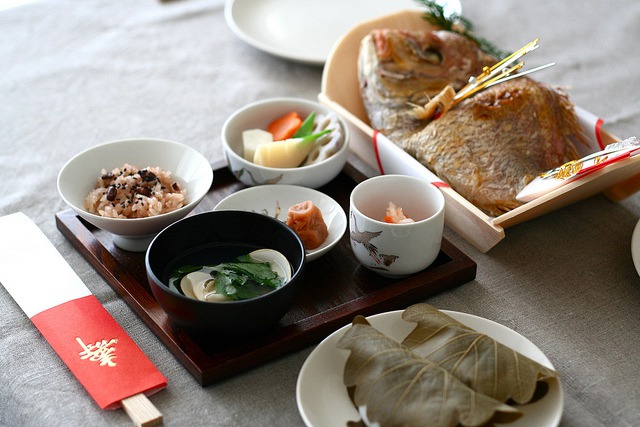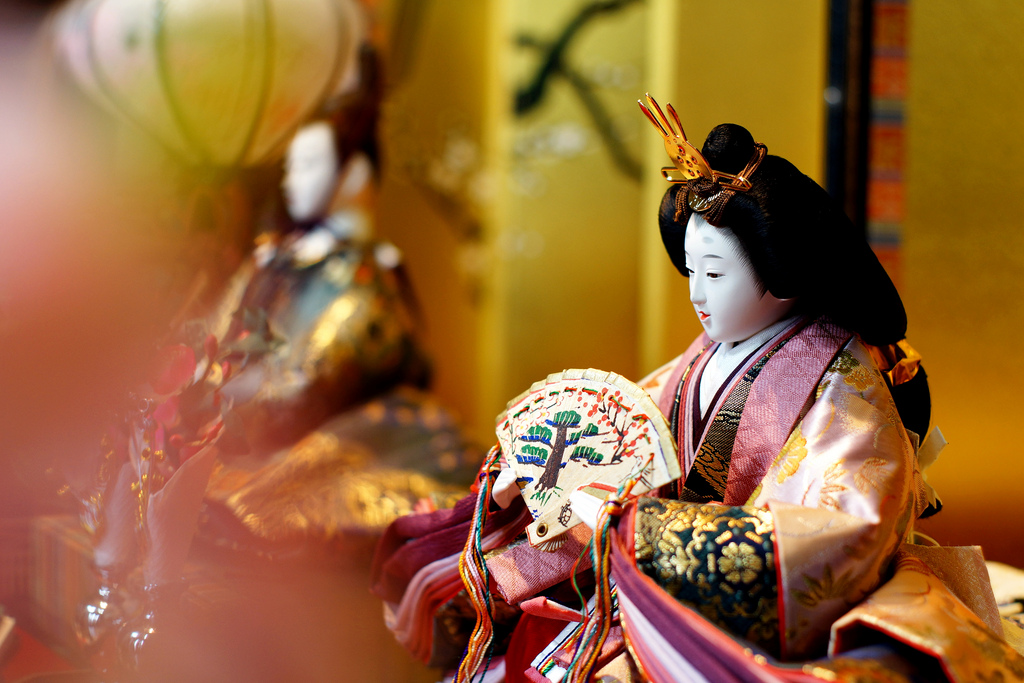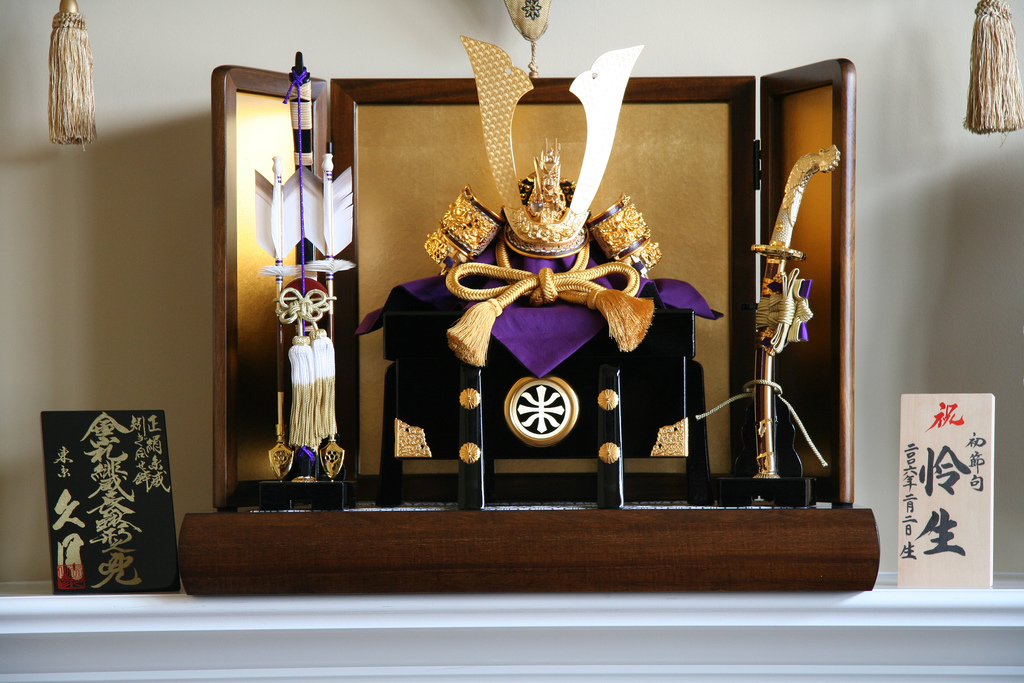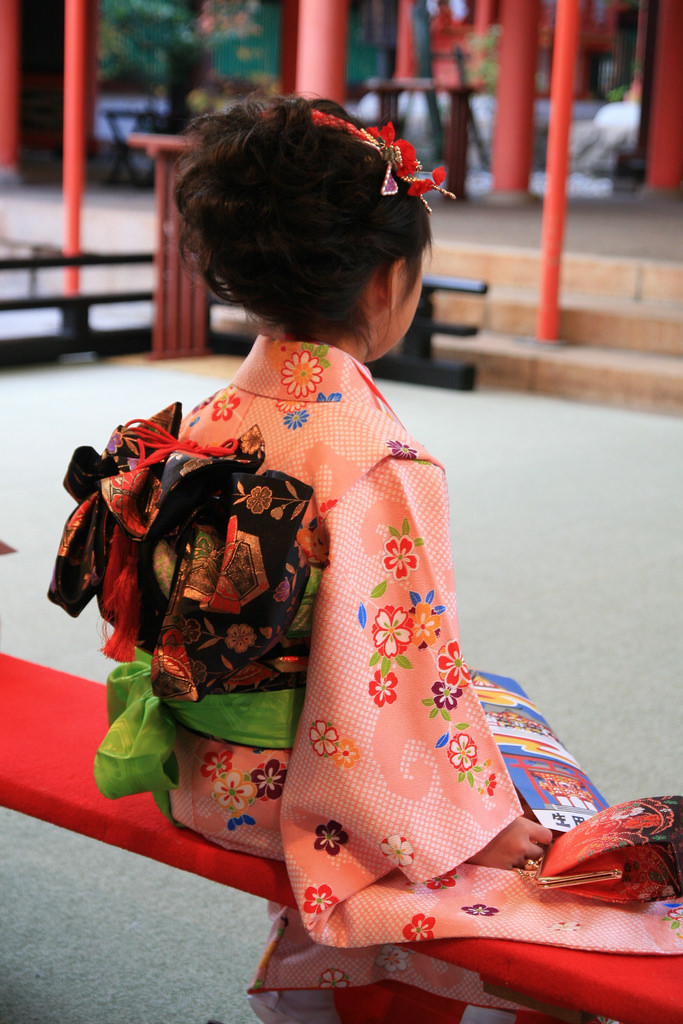
10 Japanese Traditional Rituals to Give Every Child a Happy Life
There are no parents in the world who don't wish the best life for their children. Just like any other country, Japan, as a country full of unique history and traditions, has grown many rituals to celebrate the birth and growth of a baby for their happy life until he/she becomes an adult. Let's take a look at how Japanese parents practice these traditional rituals to show their love.
This post may contain affiliate links. If you buy through them, we may earn a commission at no additional cost to you.
1. OBIIWAI (celebration of OBI, a belt for kimono)
The first "dog day" of the fifth month of the pregnancy is the day to do the ritual called OBIIWAI. This is the ceremony to tie a cotton belt around a woman's abdomen to protect a baby. People usually go to a shrine to do this ceremony praying for a safe delivery and a healthy baby. This "dog day" is decided based on the Japanese original calender. It is chosen because dogs are known to have easy deliveries. So the ancient Japanese people started to pray on this day for good luck during delivery. And still nowadays it's the first gift a mother can give to her baby.
2. OSHICHIYA (the seventh night after the birth of a baby)
Photo by Studio Loupe on FlickrThe seventh night after the birth of a baby is time to announce a baby's name officaly to the family. Usually the father draws the baby's name and the date of the birth on a white sheet of paper using Japanese traditional caligraphy, and posts the paper on the wall. Also the family will have a celebration dinner together. This is the first ceremony of the baby's life after it enters the world.
3. OMIYAMAIRI (the first visit to a shrine)
Photo by wakanmuri on FlickrAfter the first month of a baby's life on earth, the family takes him or her to a local shrine to show their new baby to the gods. The baby is dressed up with a fomal dress gifted from the mother's family, and a grandmother holds the baby to go to a shrine. The shrine offers a prayer wishing the happiness and good health for the baby.
4. OKUIZOME (the first bite of food)
Anzai Keisuke/FlickrEither 100 or 120 days after the birth is the ceremony of okuizome. A very traditional Japanese full-course meal with fortuitous foods is served for the baby. Parents buy a full set of new red dishes for a boy or new black dishes for a girl to serve the meal. At the ceremony the parents take turns feeding the baby, wishing he/she will have abundance of food throughout his/her life.
5. HATSU-ZEKKU for girls (the first hinamatsuri)
Photo by ai3310X on FlickrFor a girl, the first March 3 of her life is the first hinamatsuri. Hinamatsuri is for all the girls to celebrate. The first hinamatsuri is very special for the family. Parents decorate the hina-dolls in the house, and enjoy serving very colorful sushi and special sweets and Japanese sweet sake to share in the joy of having a baby girl. The root of the event goes back to the arisotcratic culture during the 8th century, and the hina-dolls well demonstrate the elegant life of the emperor and noble families of that era.
6. HATSU-ZEKKU for boys (the first boys day)
Photo by tonygonz on FlickrThe first May 5 of a boy's life is also special for the family. The samurai dolls and armors are decorated in the house, and outside of the house koinobori (carp banners) are put to show that there is a boy in the family. There are special sweets only for this season of the year wishing the successful life of a boy. This event can go back even to the 7th century.
7. THE FIRST BIRTHDAY
Besides celebrating the first birthday with a party, big feast and a cake with a candle, in Japan some parents make the baby walk alone carrying 1.8 kilograms of mochi (a sticky rice cake considered to be very sacred food in Shintoism) on a baby's back. The baby doesn't need to be able to walk with the mochi, but by doing so the family wishes to give sacred power to a baby's life.
8. SHICHI-GO-SAN for girls (celebration of seven, five and three years old)
Noeko Yamashita/FlickrAt the ages of three and seven, girls have Shichi-go-san celebration. They all dress in the formal kimono, and visit a shrine with a family to have a special prayer. This custom originates some of rituals in the 8th century, and became popular among the public at the end of the 19th century. Nowadays this is one of the best time to take a memorial photo for a family. Girls get dressed up like princesses in formal kimono and make-up.
9. SHICHI-GO-SAN for boys (celebration of five and three years old)
Boys celebrate their Shichi-go-san at the ages of three and five. They also dress up in formal kinomo just like shogun or noble samurai of the Edo era, and go to a shrine with a family just like girls do. Instead of make-ups, boys hold a small sword imitating a real katana.
10. SEIJINSHIKI (celebration of adulthood day)
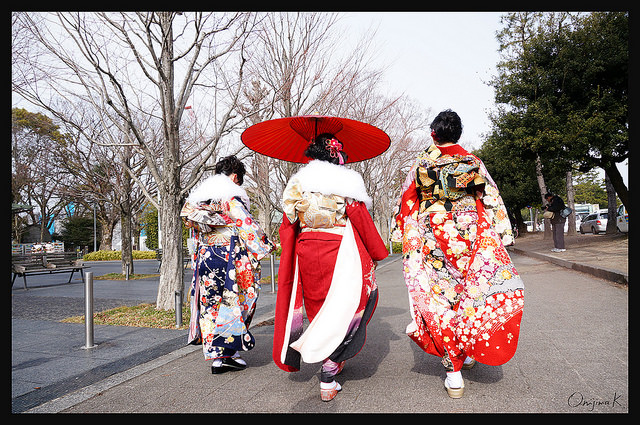 Keiko Shih/Flickr
Keiko Shih/Flickr
In Japan the borderline between a child and an adult is at the age of twenty. Seijinshiki is a big celebration day for the young at the age of twenty. They all dress up in the formal kimono for adults, and join the ceremony in their hometown. For the young people this is the beginning to be a "real" member of society: they can vote and legally drink alcohol, and they begin other social obligations. For parents this is the last ceremony to give their children besides the wedding, they can feel relieved from the biggest part of the responsibility of raising children.
These ceremonies are not just wishing the happiness of a baby but wonderful opportunities to remind everyone of Japanese traditions and cultural heritage, including those of the younger generation and generations to come.
The information in this article is accurate at the time of publication.


